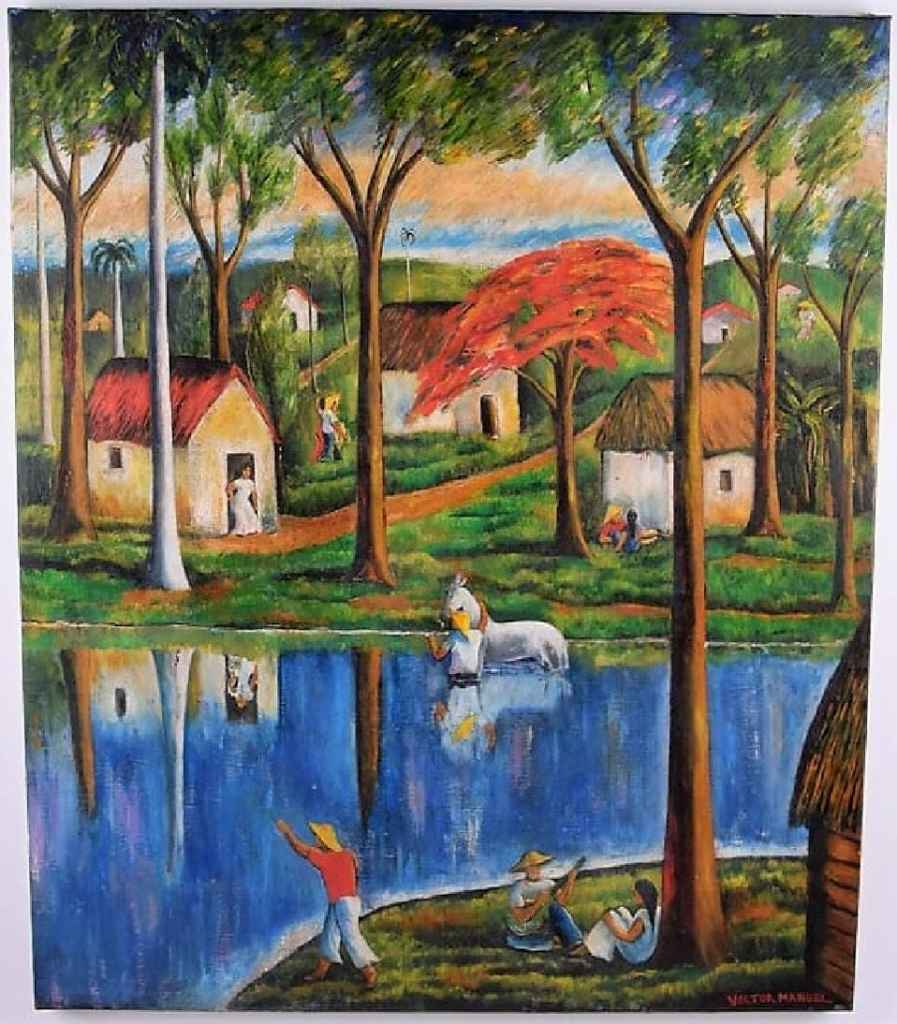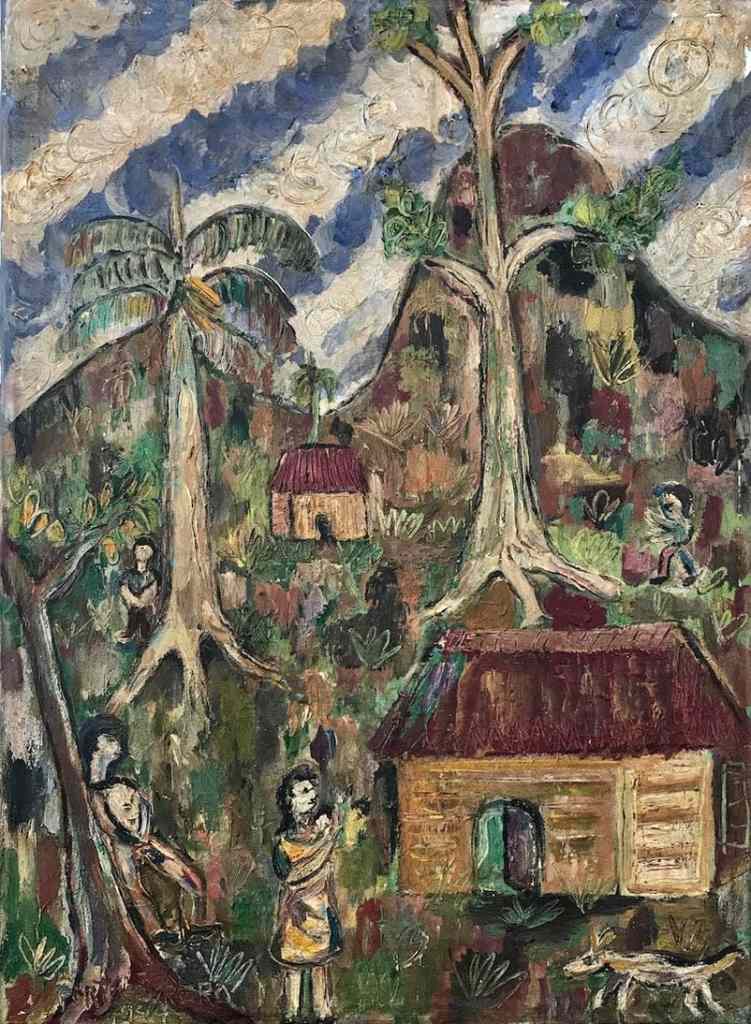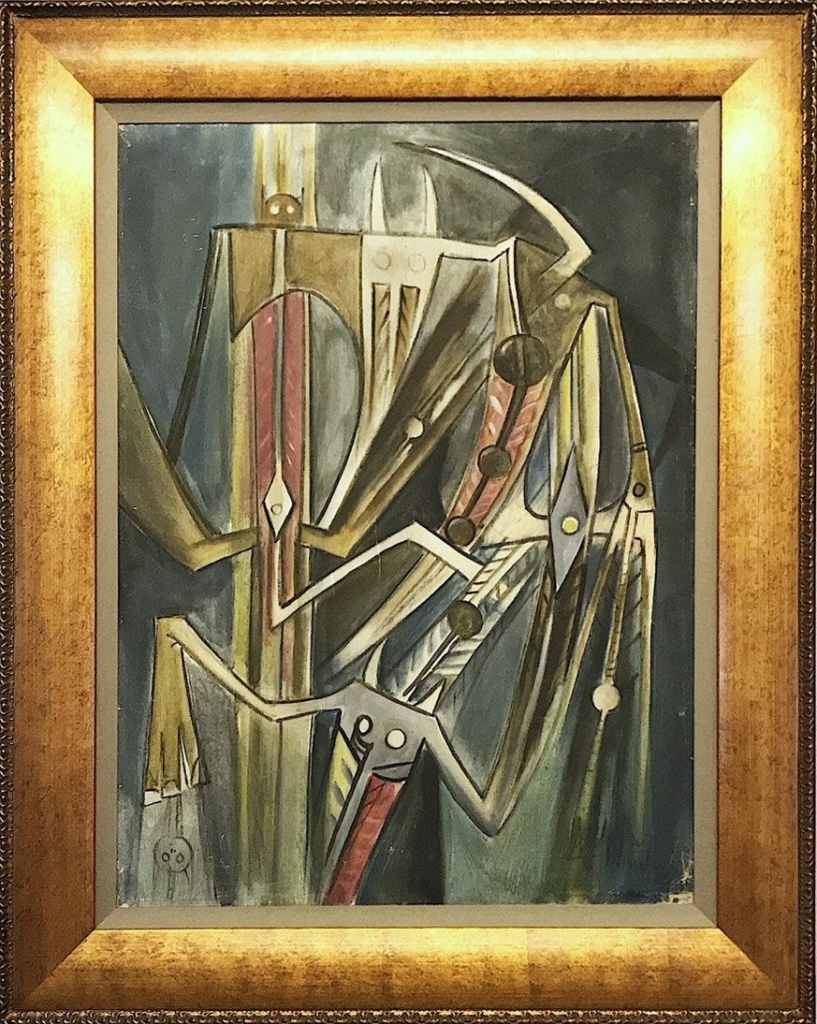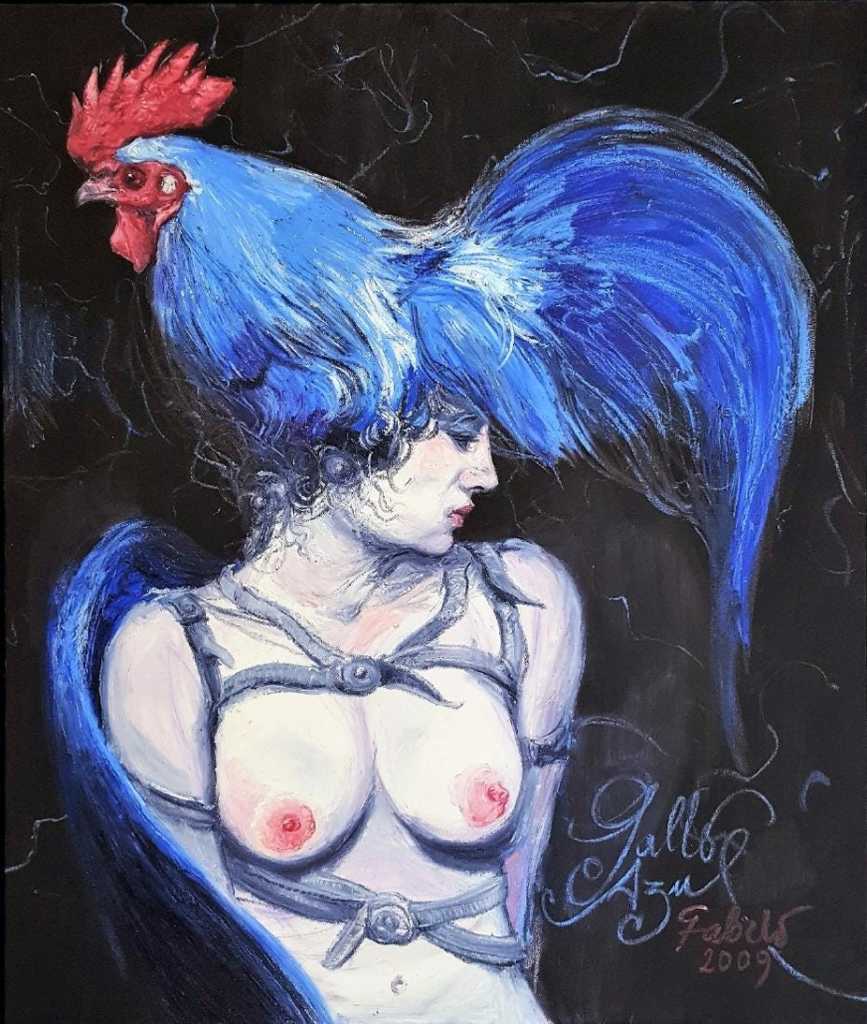By using our website, you agree to the use of cookies as described in our Cookie Policy
Cultural diversity of Cuban art commands collectors’ attention
A colorful oil painting by the late Cuban artist Amelia Pelaez realized $22,000 plus the buyer’s premium in February 2021 at Akiba Antiques. Image courtesy of Akiba Antiques.
NEW YORK — After decades of art auctions and markets being dominated by European and American artists such as Picasso, Degas, Monet, Dali, Rockwell, Wyeth, Warhol and others, the international world began to take notice of Cuban artists in the 1980s. From Havana to Miami and New York, art centers today are continuing to propel established and also up-and-coming artists from Cuba to the forefront.
While commonly associated with Modernism, Cuban art is an amalgam of many different styles and the greater diaspora that reflects the diverse cultures of the island nation. African, South American, European and North American influences are clearly seen in Cuban art.
Modern collectors gravitate to renowned artists such as Wifredo Lam, Rene Portocarrero, Victor Manuel, Raul Martinez and Amelia Pelaez as well as a new generation of contemporary artists who continue Cuba’s rich artistic traditions.

A serene Victor Manuel landscape with figures sold for $35,000 plus the buyer’s premium in November 2018 at Miami Auctions. Image courtesy of Miami Auctions and LiveAuctioneers.
Cuban art often makes references to the greater diaspora, religion, history, politics or social factors that affect the island, such as emigration and economics. “There is a constant dialog in Cuban art with the past and the present,” said Lillian Guerra, Ph.D, a professor of Cuban and Caribbean history at the University of Florida.
“After the Cuban government’s adoption of communism in 1961, artistic expression increasingly became one of the few spaces where critique and dissent of the party’s policies and values was possible, precisely because art relies on the use of codes and metaphor,” she said. “Cubans today as much as then were also deeply versed in the icons of anti-imperialism and self-sacrifice for the nation that they could easily read in the messages of Cuban artists whose works attempted to tap a collective consciousness of national identity separate from the state.”

This Rene Portocarrero painting achieved $55,000 plus the buyer’s premium in October 2017 at Willow Fine Art Gallery. Image courtesy of Willow Fine Art Gallery and LiveAuctioneers.
While politics and the state of US-Cuban relations has made it challenging, at times, for foreigners to buy Cuban art directly from the artists, many curators and gallerists have cultivated relationships with artists. As time passed, many works obtained through those relationships became available on the auction market. Of course, experts still caution buyers to confirm provenance and, when possible, to have the artist or an expert testify to the authenticity of a work.
A 20th-century Cuban artist whom collectors often seek out is Amelia Pelaez (1896–1968). Her art reflects and responds to the political strife Cuba has endured. She was part of the generation of artists from the 1930s who became known as La Vanguardia. Their art protested the neocolonial hypocrisy of the Cuban state from 1902, when the first US military occupation ended, and 1933, when Cubans launched their first social revolution for a truly representative nationalist state, Guerra said. “The United States refused to recognize the revolutionary government of 1933 and helped install the dictatorship of General Fulgencio Batista through a coup in 1934. Batista would rule Cuba from 1934 to 1940, mostly through corruption and terror, just as he did from 1952 to 1958,” she added. “Throughout these periods, her art relied on the referencing of stained glass windows, [and] the prominent feature of sacred, religious spaces. She reimagined the most mundane of objects, such as a bouquet of flowers, in startling, intimate and therefore sacred ways.”
Pelaez’s works are beautiful, but in their deliberate reduction to passion-charged geometric essences they are also striking, startling, and a challenge to the soul. “Amelia Pelaez refused to accept the Cuban communist government’s restraints on artistic acceptability, defined by Fidel Castro in 1961 as ‘all within the Revolution, nothing without’,” Guerra said.
Another early member of the Vanguardia was Victor Manuel (1897-1969), who was masterful in his use of color, as seen in an undated landscape with figures that sold for $35,000 plus the buyer’s premium in November 2018 at Miami Auctions. The Caribbean blue of the water is perfectly complemented by the rich orange hues of the roofs and trees.

This untitled Wilfredo Lam oil painting from 1959 brought $425,000 plus the buyer’s premium in May 2018 at Willow Fine Art Gallery. Image courtesy of Willow Fine Art Gallery and LiveAuctioneers.
Also highly sought after are works by Wilfredo Lam (1902-1982), who was associated with Surrealism in the 1930s but was known for incorporating his multicultural heritage and his practice of the Santeria religion in his art. “Lam created his own style by fusing Surrealism and Cubism with the spirit and forms of the Caribbean,” according to the website of the Guggenheim in New York.
Self-taught artist Rene Portocarrero (1912-1985) is celebrated for his spontaneity in his painting style. Rather than falling into one primary style, he often switched gears. He had several themes he favored, including women, mythology, and religion.

Roberto Fabelo’s ‘Gallo Azul,’ 2009, made $38,000 plus the buyer’s premium in June 2017 at Leal’s Gallery. Image courtesy of Leal’s Gallery and LiveAuctioneers.
Nude women and roosters have been a common motif for Robert Fabelo (b. 1950-). Well known for his massive sculpture of a nude woman riding a rooster, which was installed in Havana’s Plaza Vieja in 2012, he has also painted numerous works featuring this distinctive theme. Gallo Azul, a 2009 oil on canvas depicting a lady with a blue rooster on her head, made $38,000 plus the buyer’s premium in June 2017 at Leal’s Gallery.
Cuban art is, and remains, a strong draw within the art market. Given the number of intriguing contemporary artists who continue to emerge from Cuba, works from this Caribbean nation should continue to attract new collectors.
‹ Back

